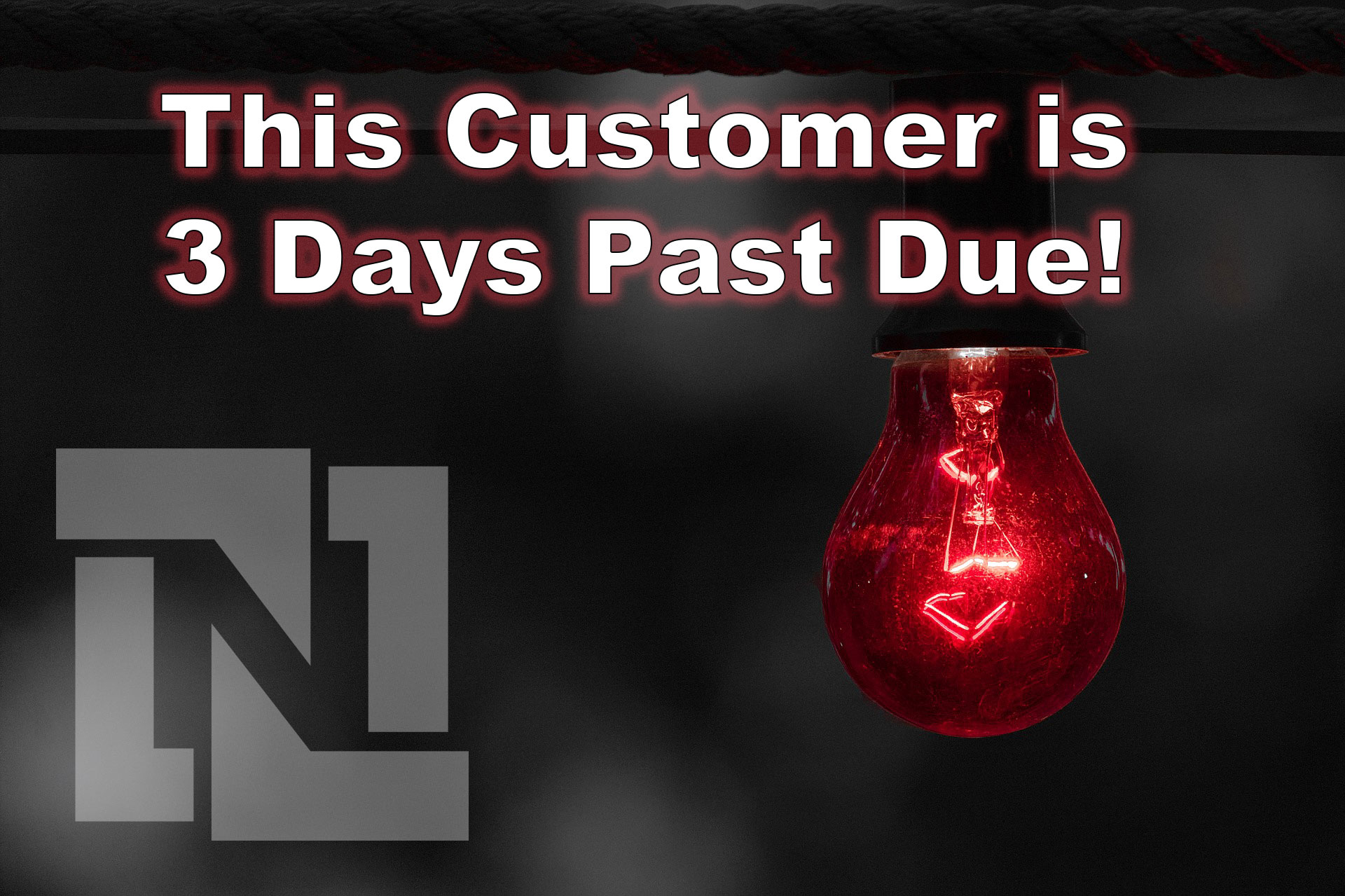The Approach: Build What You Actually Need
Our goal was to give the client exactly what they needed — not more, not less — while keeping the system native, transparent, and easy to maintain.
We did it by combining a few custom records and a revenue-engine built with Map/Reduce scripts.
-
Lease Header Record
Holds key specifications for each lease: customer, segmentation (class, department, location), term, and billing frequency.
-
Lease Elements Sublist
A related custom record that defines the planned elements for each billing or recognition event during the lease term.
-
Automated Revenue Engine
Map/Reduce scripts read the lease data, spawn any necessary Sales Orders, Invoices, or Deferral Journals, and stamp the results back on the lease.
Each header record becomes a clear, forward-looking dashboard — a real-time projection of the lease’s financial performance.
The system automatically:
-
Books Sales Orders for each active frequency term (monthly, quarterly, annual).
-
Generates Invoices on schedule (e.g., the 1st of each month).
-
Creates Deferral Journals immediately upon invoicing.
-
Spawns Fulfillments and Recognition Journals at month-end.
All native. All auditable. All automated.






